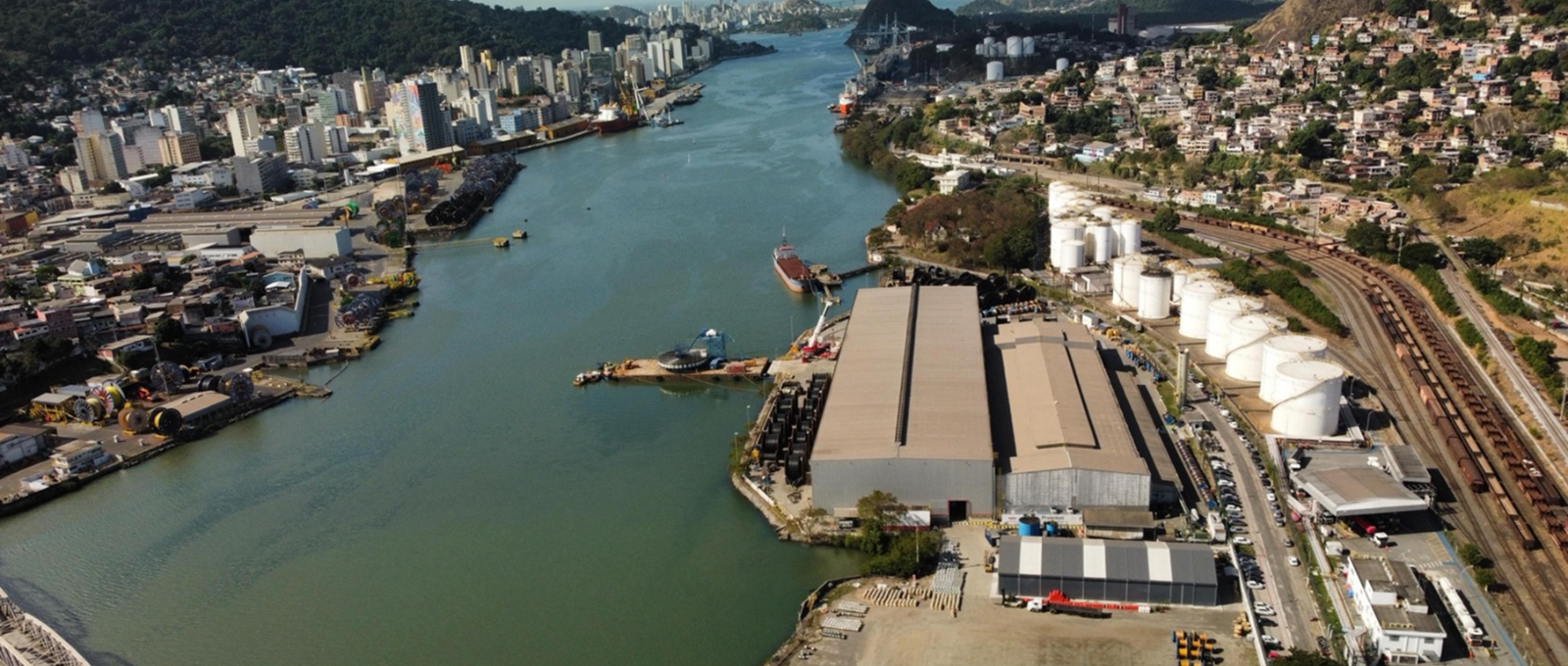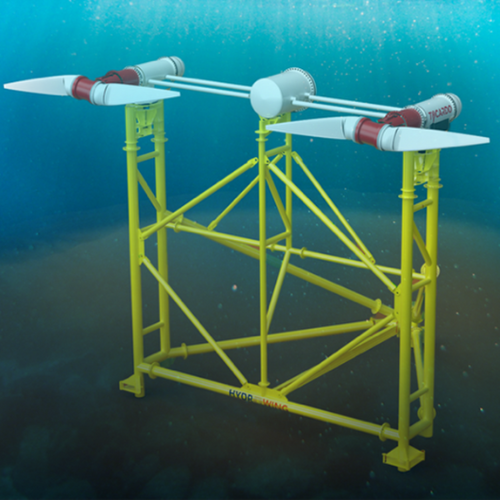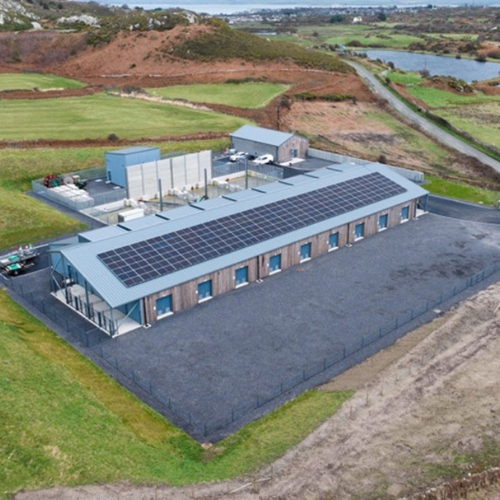Harnessing the ocean’s strength to fuel a greener tomorrow
Prysmian is joining forces with Inyanga Marine Energy Group to bring a groundbreaking tidal energy project to life off the coast of Wales. The HydroWing project is set to become one of Europe’s most advanced tidal energy ventures, aiming to generate 20 megawatts of clean, renewable electricity—enough to power thousands of homes across the UK and it also strengthen the UK's leadership in renewable marine technologies.
This project represents a major leap forward in the use of ocean currents to produce sustainable energy and is also a boost for the local economy in Wales through green jobs and infrastructure.







